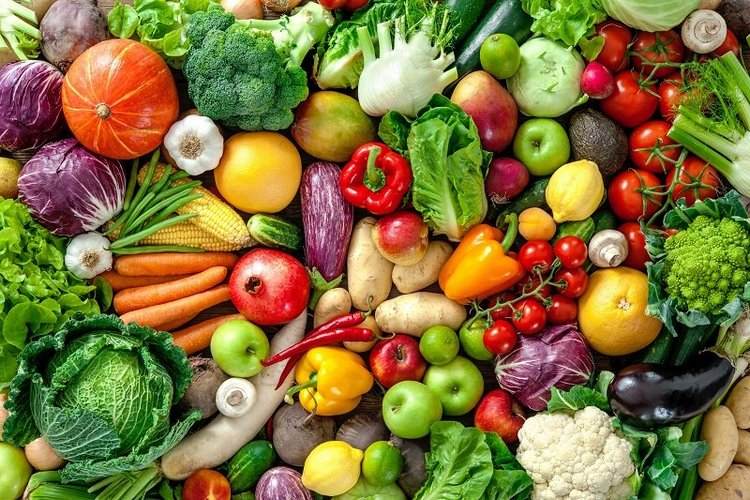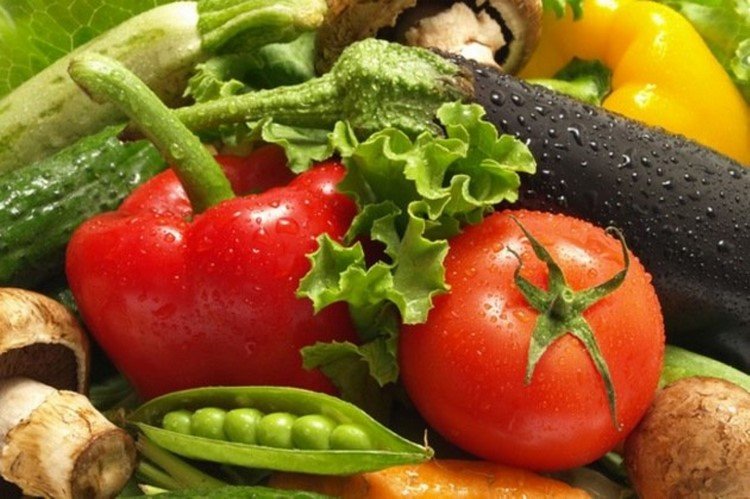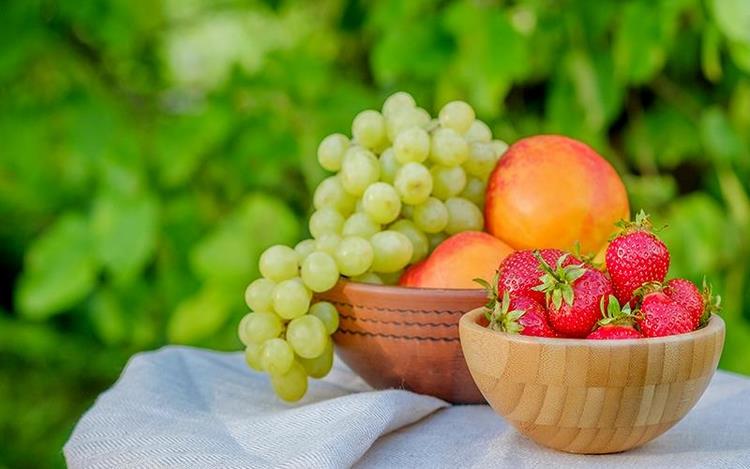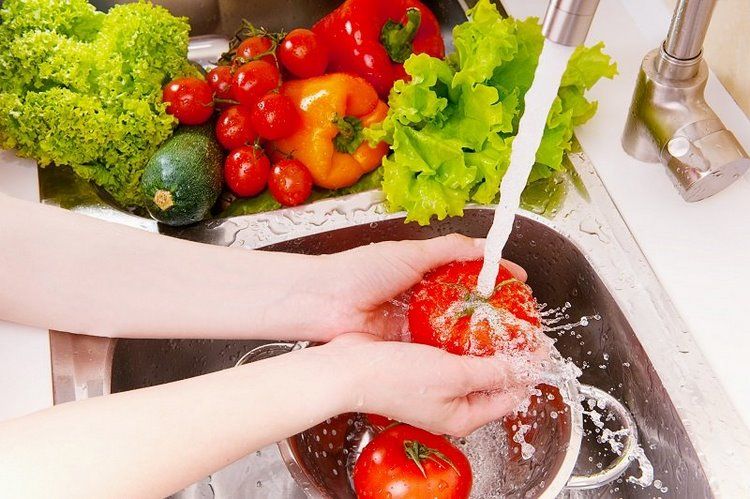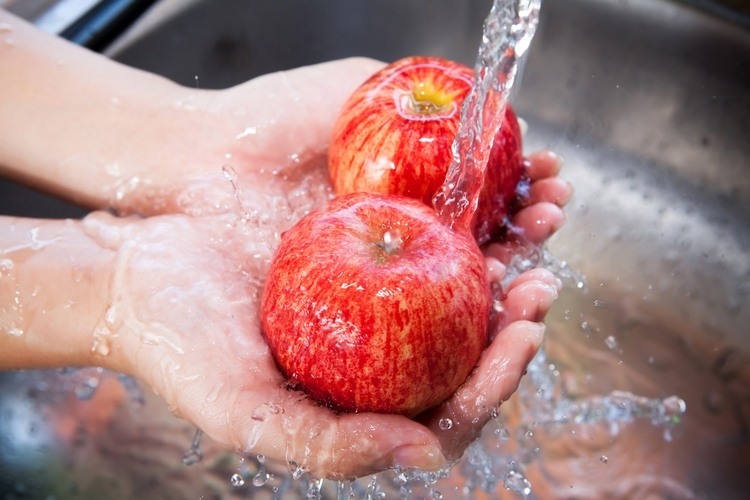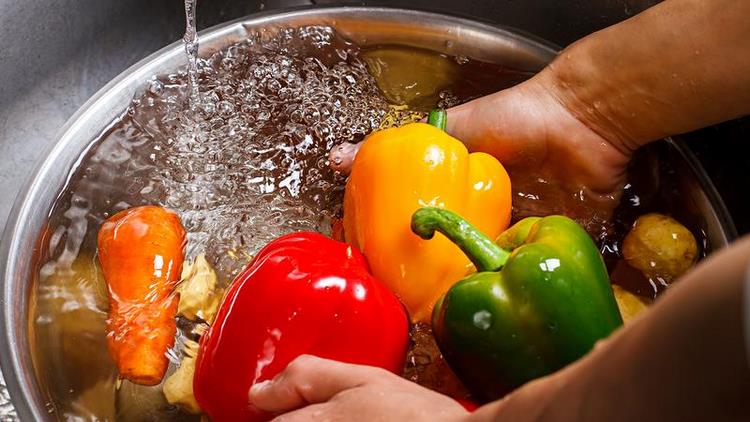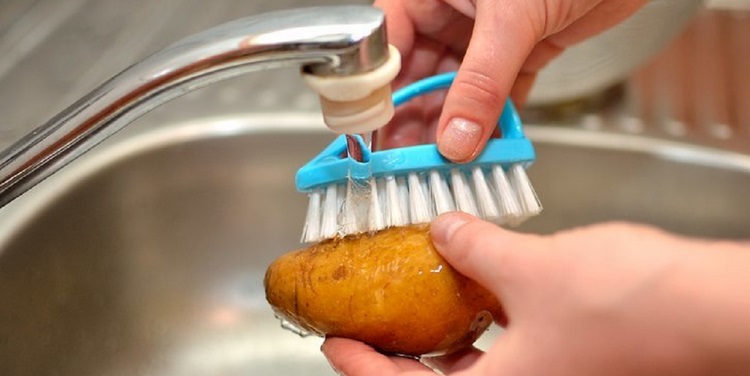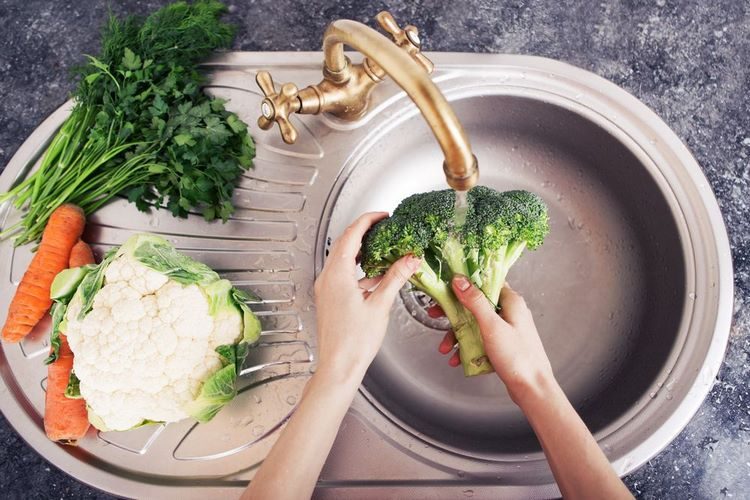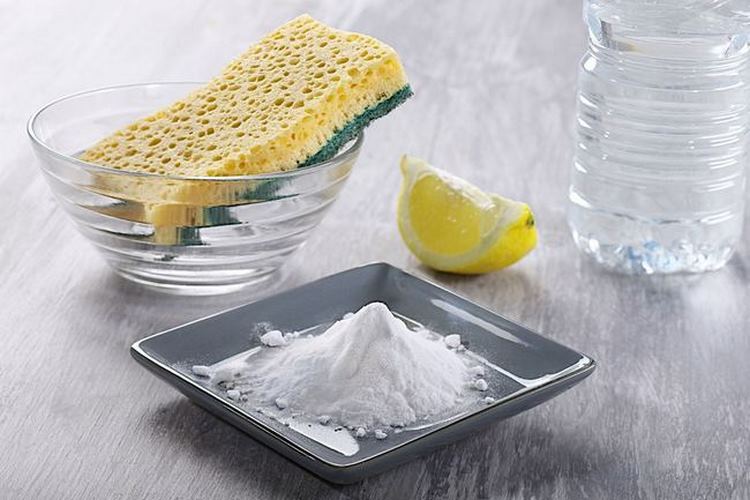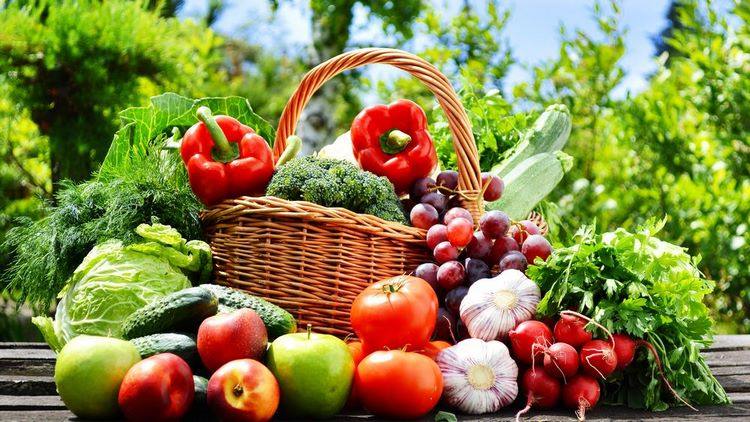How to remove pesticides from fruits and vegetables that you bought at the market? Unfortunately, many of us do not have an orchard or a vegetable garden. Most city dwellers rely on farmers markets or supermarkets but we all know that most vegetables and fruits are treated with various chemicals to give them a glossy, marketable appearance. Pesticides, combined with waxes and polishes, make them virtually artificial. What to do in such a situation?
Fruits and vegetables are sources of vitamins and minerals that should be consumed daily. However, chemicals and pesticides are used to increase yields and protect the plants from pests and they are harmful to human health. It is difficult to completely get rid of pesticides in vegetables and fruits, but it is quite possible to significantly reduce their content. The largest amount of harmful substances is found on the surface of vegetables and fruits and with some care and attention you can remove them.
What are pesticides and how are they dangerous?
Before you learn how to properly wash and disinfect vegetables, we will tell you why you should it. Pesticides are chemical or biological products that are used in the growing and transport of fruits and vegetables to protect them from insects, weeds, and disease. It would seem that they are necessary, but many of these pesticides contain substances that are very toxic to humans. Pesticides are also used in cereals such as wheat, rice and rapeseed, as well as flowers, cotton and lawn grass.
How do pesticides get into the body? Pesticides get into the body most often when we eat foods that were treated with such products. How to recognize pesticide intoxication? Usually, in such cases, here are some of the symptoms that may appear:
- Nausea
- Pain in the abdomen
- Diarrhea
- Dizziness
- Breathing problems
- Skin rashes
Which vegetables and fruits are most contaminated with pesticides?
Some foods are most exposed to toxic treatment than others. Experts advise to buy organic products but in case that this is not possible, you need to know how to remove pesticides from fruits and vegetables that you bought at the market. Despite the fact that there is an ongoing debate between chemists and food hygienists for the real danger of pesticides, one should pay attention and it never hurts to be careful. It is good to know that pesticides are most often found in the following vegetables and fruits:
- Strawberries
- Spinach
- Nectarines
- Apples
- Grapes
- Cherries
- Pears
- Tomatoes
- Stalk celery
- Potatoes
- Bell peppers and chili peppers
- Lettuce
- Cucumber
Can you control the quality of fruits and vegetables that you buy? As per experts, we can follow some simple rules that will allow us consume clean food. On the first place, it is recommended to buy and consume seasonal fruits and vegetables due to the fact that more pesticides are required if the producer uses intensive cultivation technologies.
Pay attention to where the product is grown. Fruits, berries and vegetables grown in warm, humid climates require the use of more pesticides.
Buy local products and avoid anything that comes from afar as it is very likely that it is treated with pesticides.
Wash the fruit before storing. When washing the fruit or berries under running warm water, you can remove the residual traces of pesticides.
How to remove pesticides from fruits and vegetables at home?
Food safety is important and everyone should know how to remove pesticides from fruits and vegetables at home. It is not difficult and it does not require a lot of effort. Here are some simple tips for you.
Regular tap water can reduce the amount of five different pesticides by up to 20%. Distilled or filtered water can be even more effective, and by soaking vegetables and fruits in water for a few minutes, we can achieve even more – reducing the number of bacteria.
Washing fruits and vegetables in a vinegar solution significantly reduces the amount of different pesticides, sometimes by as much as 94%. As an additional effect, the number of bacteria on the surface is reduced. You can simply fill a household spray bottle with 1: 3 vinegar and water and keep it near your kitchen sink.
Soaking apples in a baking soda solution for 12-15 minutes removes almost all traces of pesticides from the surface of the fruit. It is quite easy to soak your fruits, isn’t it?
Soap is not intended to wash food. Never use dishwashing liquid, detergents or soap to disinfect fruits or vegetables. Chemical components can get under the skin of the fruit and cause poisoning.
It should be noted that none of these products can remove pesticides that have already seeped into fruits and vegetables. If you are very concerned about this, conventional cooking methods such as peeling, cooking, and canning can remove significant amounts of pesticides from both the surface and the middle of the food. Removing the peel is more effective than washing because this removes the layer that the pesticides have reached. Cooking and canning are also effective because many pesticides are destroyed when heated.
How to wash vegetables and fruits properly to remove pesticides?
Each vegetable and fruit is different and has its own processing method. Here are some instructions how to remove pesticides from fruits and vegetables before consuming them.
Citrus fruits are usually sold shiny from wax and other substances. And even after washing, they remain a little sticky. Therefore, you should first scald the lemon (orange, etc.) with boiling water from the kettle, and then rinse it under running water.
Pineapples are washed together with the leaves under running cold water. Then let them air dry.
Soak pomegranates, pears, apples, apricots, peaches and plums in cold water for a short time and rinse under running water.
It is recommended to put the grapes under running water in a bowl or colander and divide them into bunches.
White cabbage is not washed. Simply remove -3 layers of leaves and cut out the stump.
Root vegetables like horseradish, radishes, carrots, potatoes, beets, etc. are first soaked in warm water and then brushed off. Next – rinse in warm and then cold water, and then remove the peel.
Corn is rinsed rinse under running water.
Cucumbers, tomatoes, eggplant, peppers and squash are briefly soaked in cold water (if there is suspicion of nitrates, it can be in salted water), then rinsed under running water.
Asparagus is usually peeled in a wide bowl and with a sharp knife, starting from the head of the vegetable and down to the base and rinsed with cold water after cleaning.
How to wash herbs – parsley, green onions, dill, etc.?
Remove the roots, the lower part of the stems and rotten parts.
Thoroughly wash away visible dirt under the tap.
Soak greens in salt water (for 1 liter – 1 tablespoon of salt) for 15 minutes.
Carefully take out the herbs and put them in a colander. Then rinse again with clean water.
Homemade pesticide removal products recipes
Washing thoroughly all fruits and vegetables is essential and helps remove pesticides. You can also prepare homemade solutions from natural ingredients which will guarantee the food safety.
Vinegar, baking soda and lemon solution
You can wash food with this solution as soon as you get home from the store.
Ingredients:
- ¼ cup of apple cider vinegar or white vinegar
- 1 glass of water
- Juice of 1 lemon
- 2 tablespoons of baking soda
Directions:
In a spray bottle, mix vinegar and water.
Add baking soda and freshly squeezed lemon juice.
Spray it on fruits or vegetables and scrub with a brush.
Lemon and Vinegar solution
You will need fewer ingredients for this recipe, but it is just as effective. This remedy is ideal if you are short on time.
Ingredients:
- 1 cup of vinegar
- 1 tablespoon of lemon juice
- 1 cup of water
Directions:
In a container with a spray bottle, mix water and vinegar.
Shake and add lemon juice.
The product is ready to use and can be stored in the refrigerator.
Last but not least, make sure that once you washed your fruits and vegetables, you eat them immediately. Do not store them for a long time after washing. On the first place they deteriorate quickly and they lose vitamins and other useful substances. If you notice yellow spots on vegetables like squash, cucumbers or potatoes, get rid of them immediately and without hesitation. Such spots are a sign of excess nitrates. You can reduce the level of nitrates by soaking potatoes or carrots in salted water for a day.

